Tired of dealing with macOS Big Sur battery drain issues?
Promising improvements and new features, Apple might have failed to deliver its promise with the macOS Big Sur release. After installing the latest macOS version, users have encountered all sorts of problems on their Mac computers right away.
Although macOS Big Sur is still in its early stages, we did not expect that the latest operating system would perform this poorly, especially for a company that is known for its software.
If you are experiencing macOS Big Sur battery drain issues, we understand your frustration. It is annoying to find yourself stuck on a wall outlet all the time, which beats the purpose of owning a laptop. 🙁
Lucky for you, we are here to help!
Today, we will show you a few tweaks that you can do to alleviate macOS Big Sure battery drain issues.
However, do keep in mind that these are temporary fixes until Apple addresses the issue.
Let’s jump right in!
- 1. Wait for Indexing to Complete.
- 2. Restart Your Computer.
- 3. Close Unnecessary Applications.
- 4. Update macOS.
- 5. Reset PRAM and NVRAM.
- 6. Turn Off Visual Enhancements.
- 7. Visit the Nearest Apple Store.
1. Wait for Indexing to Complete.
If you have just updated your Mac, it is normal for your battery to drain faster than usual. Based on what we’ve found out, the Spotlight app on Big Sur creates new system indexing. This process could be a little demanding and can make your CPU run at higher frequencies even when idle.
Indexing your system should take a day or two, depending on your device.
However, if you continue to experience macOS Big Sur battery drain issues, head down below, and try the next solution.
2. Restart Your Computer.
If something is not working right on your device, restarting it would be the easiest way to fix it. Possibly, a lot of background applications are running on your system. Restarting your system should be able to close down unwanted applications on your computer.
To restart your Mac, follow the steps below.
- On your Mac, click on the Apple logo on the top navigation bar.
- After that, click on Restart.
- Finally, wait for your system to reboot.
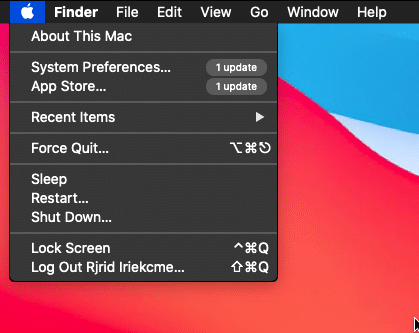
Once your Mac computer has restarted, leave it on idle for a few minutes to check if the battery would drain faster than normal.
3. Close Unnecessary Applications.
Unlike Windows, closing down a window on macOS would only minimize it. While this feature is excellent for instantly opening previously opened applications, it can also eat up your system resources.
Having more load on your system means your hardware has to work harder than usual, which causes battery drain.
To fix this, close down the applications that you don’t need.
- On your system, open Spotlight and search for Activity Monitor.
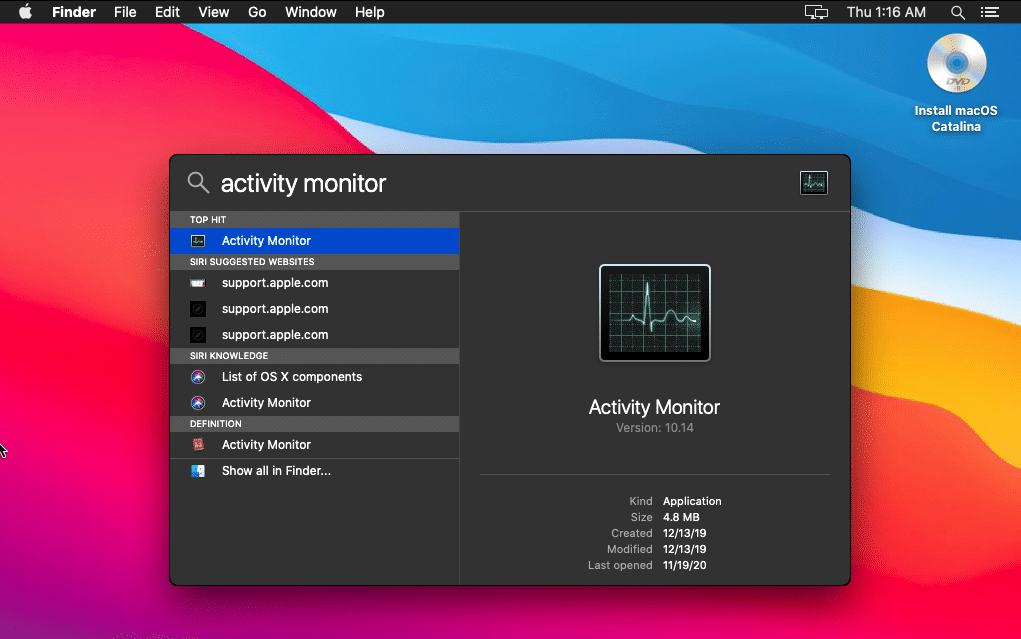
- After that, click on the Energy tab.
- Identify the apps that consume the most power on your Mac.
- Finally, close down these applications to reduce the load of your system.
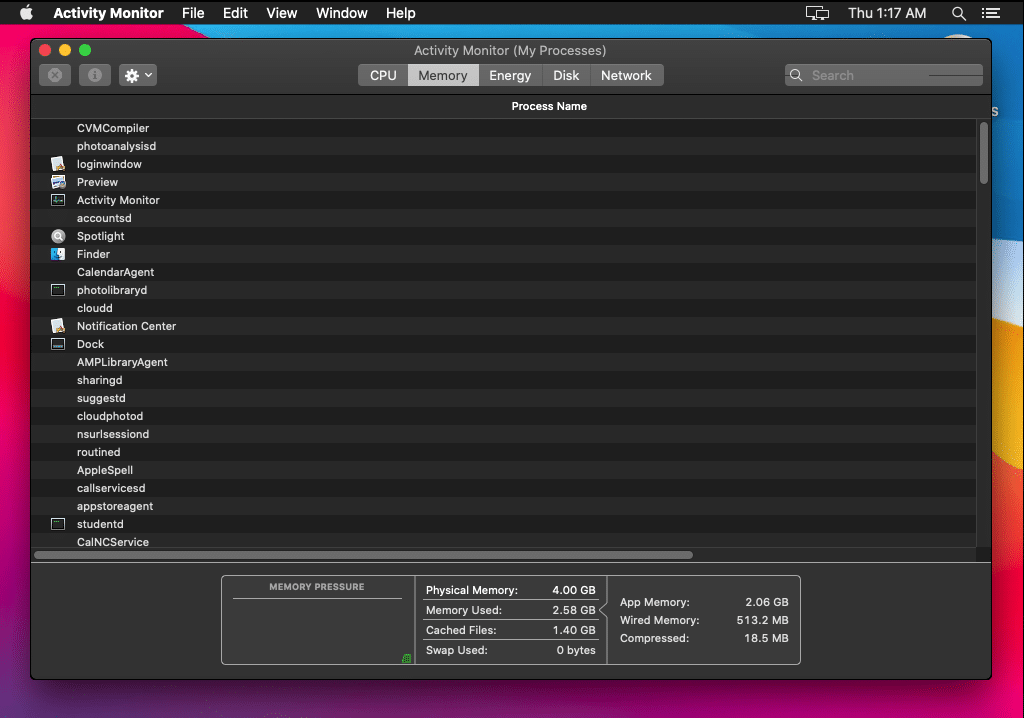
Charge your Mac, and see if you would still experience battery drain on Big Sur.
On the other hand, if your battery is still draining fast, head down below and try the next method.
4. Update macOS.
As mentioned above, the main reason for macOS Big Sur battery drain issues is a lack of optimization. Since Big Sur is still in its early stages, Apple releases frequent updates to improve its overall performance.
Try to update your Mac and see if the battery drain issue would get fixed.
- On your Mac, click on the Apple logo and select System Preferences.
- After that, click on Software Update.
- Finally, if your Mac detected an update, follow the on-screen prompts to install it.
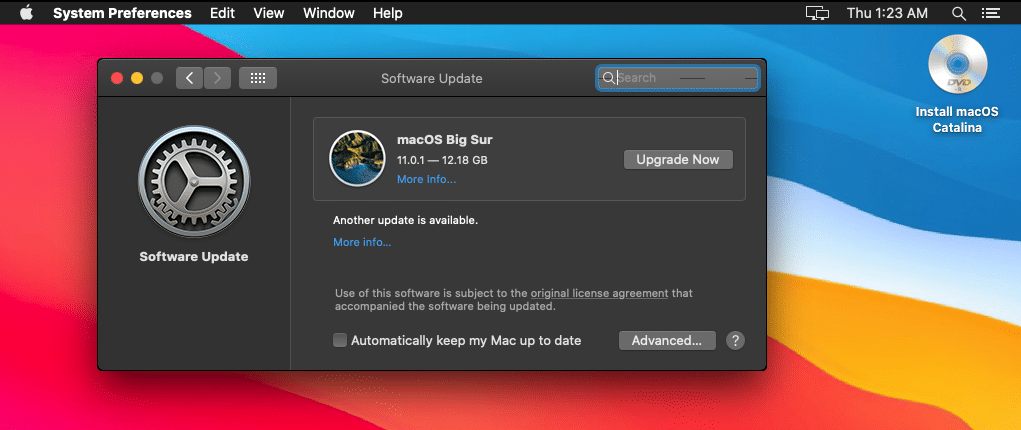
Once the update is done, charge up your Mac, and see if your battery would still drain faster than usual.
5. Reset PRAM and NVRAM.
You may have changed some of your system configurations unknowingly, which causes high resource usage and battery drain. Now, instead of finding the wrong configuration, simply reset your PRAM and NVRAM, which holds the system settings of your Mac.
- First, click on the Apple logo on the navigation bar, and select Shutdown.
- Once your Mac is turned off, locate the Option + Command + P + R keys on your keyboard.
- Finally, press the Power button on your Mac, and instantly press the keys mentioned above.
Restart your system normally and observe if macOS Big Sur battery drain issues are already fixed.
6. Turn Off Visual Enhancements.
It is undeniable that the motion effects on Big Sur are incredible. However, motion effects can also put more load on your system. Since macOS Big Sur is not yet fully optimized, you should minimize its workload in the meantime.
Try disabling visual enhancements on your computer to eliminate the unwanted load on your system.
- First, click on the Apple logo located at the top left corner of your screen.
- Now, click on System Preferences.

- After that, click on Accessibility.
- Next, click on Display on the side menu.
- Lastly, turn on Reduce Motion and Reduce Transparency.
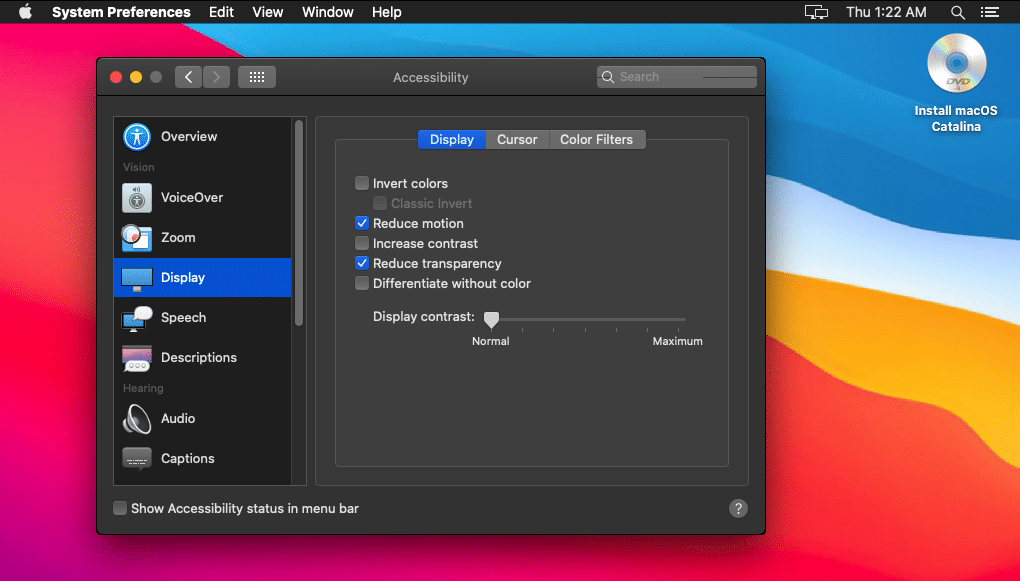
Restart your computer afterward and see if your battery life has improved.
However, if you continue to experience macOS Big Sur battery drain issues, head down below and try the next solution.
7. Visit the Nearest Apple Store.
If you owned your Mac for a couple of years, you might be suffering from a hardware related issue. Batteries have a limited lifespan and bound to fail as it goes through its life cycle.
If you observed that your Mac’s battery life is decreasing, it is best that you bring your device to the nearest Apple Store and ask them for a battery replacement if possible. However, if your device is no longer covered by warranty, be ready for the replacement cost, which is around $129.
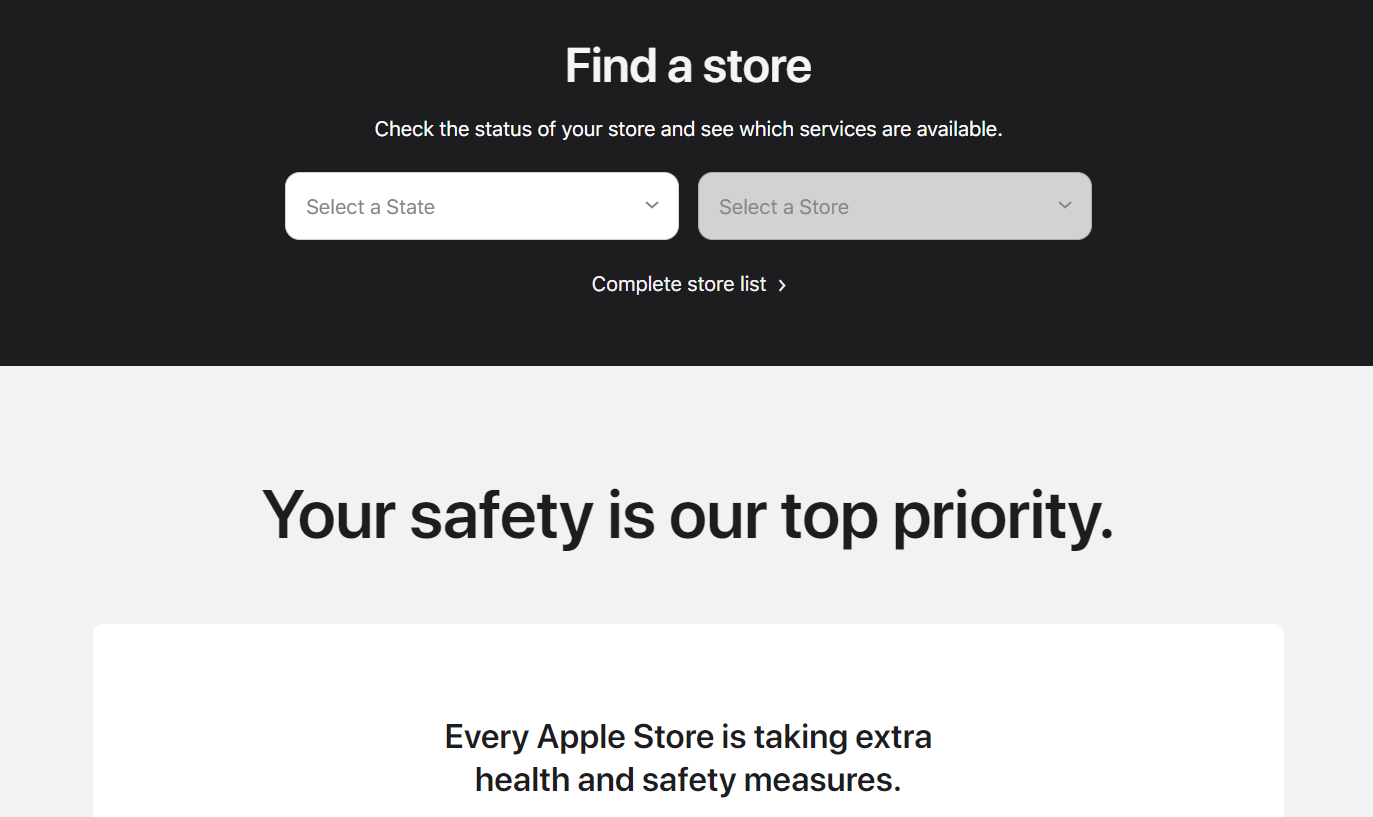
On the other hand, if you are experiencing performance issues on macOS Big Sur, check out our guide about this problem.
This sums up our guide on how to fix macOS Big Sur battery drain issues. If you have other questions or concerns, let us know in the comment section, and we will try our best to accommodate them.
If this guide helped you, please share it. 🙂





